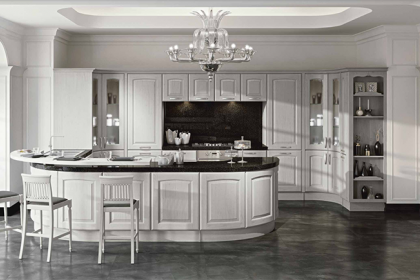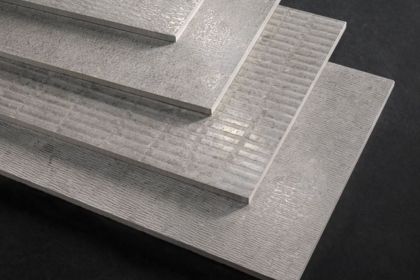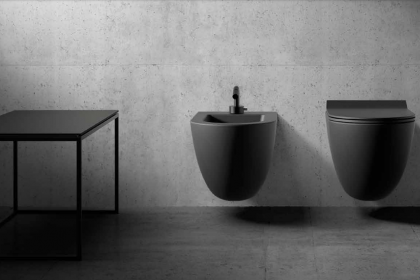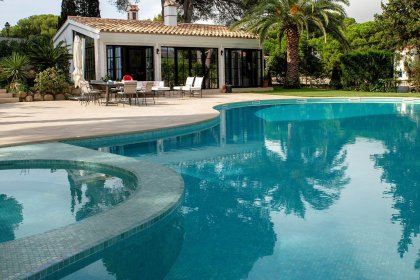Selection of the appropriate material
The choice of the appropriate material is a function of many factors that are often conflicting. Indicatively we could mention the aesthetics, the technical characteristics - specifications, purchase cost, life time - longevity. For the prospective buyer each factor has a different weight. Thus, before the purchase, the priorities, the needs, but also the cost of acquiring these materials should be prioritized.
In this part of our website we will outline and in an objective way the advantages and disadvantages of the most basic materials used for the floor, the bathroom and the kitchen.
FLOOR
The main materials used for flooring are tiles, marble, wood and laminate.
- TILES The evolution of technology in the field of ceramic tiles during the last years has given materials of unsurpassed aesthetics and high durability. These are the two main factors that in combination with the lower cost of acquisition have made these materials the number one choice and occupy the first place in sales volume for flooring. More about the technical characteristics of the tiles are mentioned in the next section.
- MARBLE Material known since ancient times of high and timeless aesthetics but which has lost ground in sales volume mainly due to high costs but also due to some of its natural properties (absorbency, lack of homogeneity and resistance to acids, depletion of deposits).
- WOOD Wood in its use for flooring has begun to regain much of the lost soil of previous decades. The technological development in the field of polished floors contributed to this. Pre-polished woods that can be placed immediately and easily giving a guaranteed end result, excluding or reducing the possibility of failure of the craftsman. Thus, using polished wood, either glued or floating, one has a high aesthetic result, resistance to moisture and warping, but also easy replacement in case of damage. When these materials come from branded companies we should include in their advantages the use of ecological varnishes and adhesives, which makes them an ideal solution for those who want wood flooring but are sensitive to common polyurethane varnishes with organic solvents that are often used.
- LAMINATE Synthetic flooring consisting of particle board (body) and melamine (upper surface). It is used as a floating floor mainly in commercial stores due to frequent renovations and much less in homes due to its high sensitivity to water and fluctuations from atmospheric humidity.
BATHROOM
The main materials used to cover bathrooms are tiles, marble and cement mortar.
- TILES Occupy 92% of the total covered bathroom area. Some of the reasons for its almost universal acceptance as an investment material for the bathroom are first of all its health characteristics, such as practically zero absorbency, acid cleaning, durability and relatively low cost.
- MARBLE The biggest problem that arises in the use of marble in the bathroom is its cleaning mainly from the salts that are deposited during the use of the bathroom. Due to its physical properties and especially the sensitivity to cleaning fluids, the removal of salts often becomes problematic.
- CEMENT MORTAR Its use in the bath started from the Cycladic islands due to the special aesthetics and at the same time the very short completion of the bath. Style that in recent years is gradually abandoned due to problems arising from its use (craftsman failure, hair from contractions, difficulty in repairing damage, high cost, difficulty in replacing with other material).
KITCHEN
The technology of the materials has done its miracle here as well. In recent years, high quality lacquer, ecological varnishes, special treatments on the surface of wood and the highly aesthetic coatings of wood or MDF with synthetic materials of polymer composition have given another aesthetic and durability to kitchen furniture.





